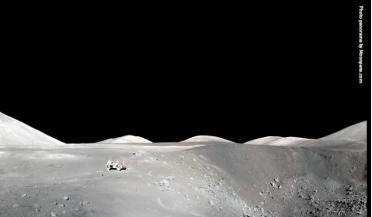 October 2024
Lunar construction with regolith and robots
October 2024
Lunar construction with regolith and robots
.... Regolith as a material The lunar surface has two distinct elevation levels: the lowlands (dark patches known as maria or ‘seas’) and the highlands (lighter patches of mountainous areas). The lowland regions are understood to be dominated by lunar...
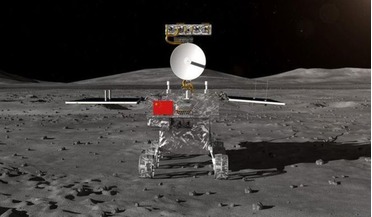 10 December 2018
First far side of the Moon mission underway
10 December 2018
First far side of the Moon mission underway
... one percent of the far side’s surface is covered by maria, with the rest being littered by craters. One such crater...on the surface, limiting the amount basalts available to create the maria. Why is the farside crust thicker? No-one knows for sure,...
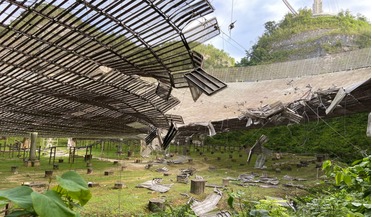 12 August 2020
Arecibo Observatory damaged by broken cable
12 August 2020
Arecibo Observatory damaged by broken cable
...endured many hurricanes, tropical storms and earthquakes since it was built 50 years ago. Repairs from Hurricane Maria in 2017 are ongoing. Through it all, the facility has continued to contribute to significant breakthroughs in space research in the...
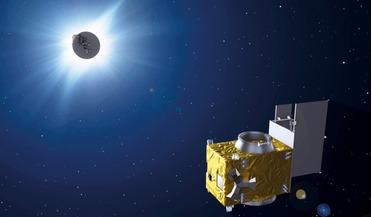 January 2019
Engineering six-hour solar eclipses with formation flying
January 2019
Engineering six-hour solar eclipses with formation flying
...modules. The Mission Operation Centre is located at Redu (Belgium) and the ground station antenna is located at Santa-Maria in Azores (Portugal). Being a very advanced In-orbit Technology Demonstration mission with a limited budget and tight schedule...
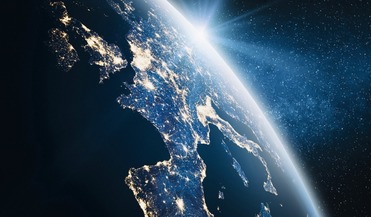 April 2020
European spaceports compete for recognition and business
April 2020
European spaceports compete for recognition and business
... progresses, either Norway’s or Portugal’s spaceport options could become intriguing development cases. The island of Santa Maria in the Azores is the location of Portugal’s spaceport project, a joint initiative of the Portuguese government and the...
 January 2021
Evolution of volatiles on the Moon
January 2021
Evolution of volatiles on the Moon
... to generating a lunar atmosphere from the resulting outgassing. These volcanic rock regions are the dark-coloured maria that we see on the Moon today. Sample analysis More detailed analysis of the returned Apollo lunar samples...